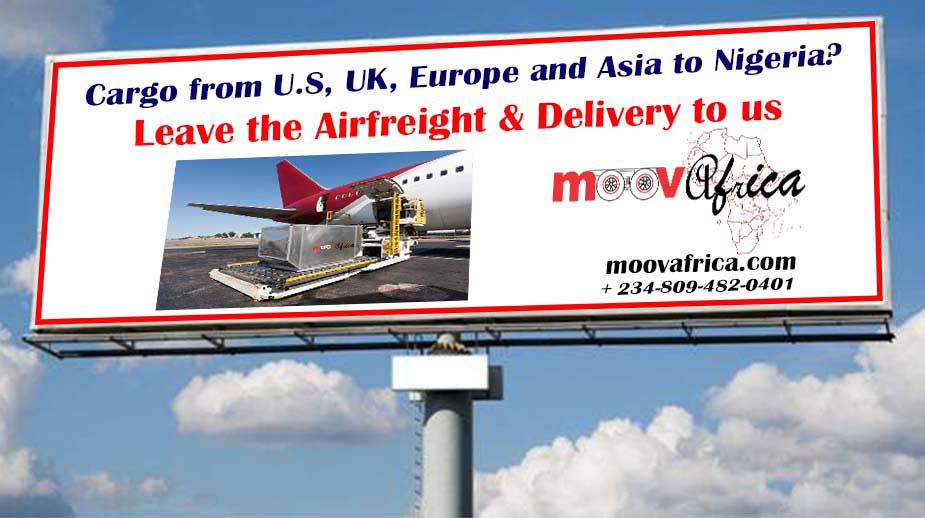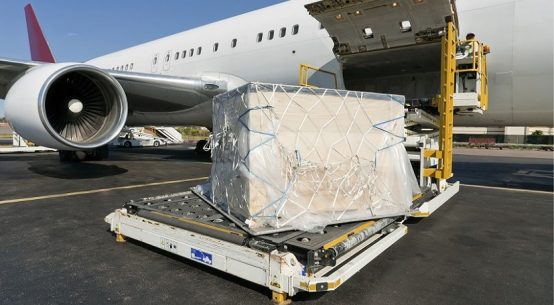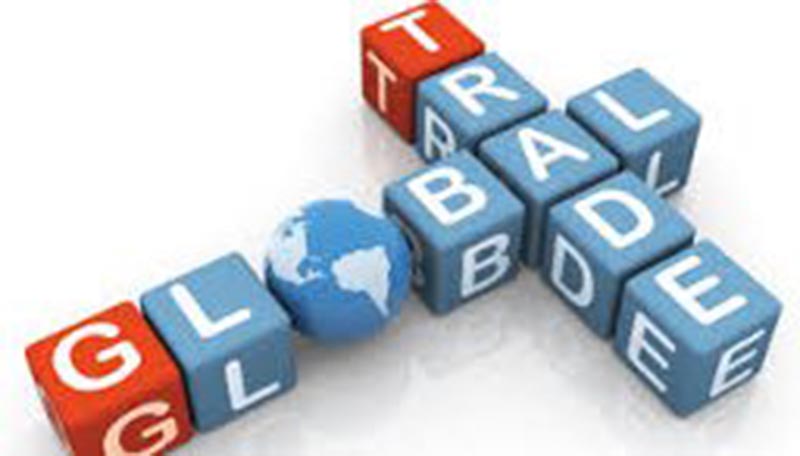
“All the best intentions in the world can’t guarantee that a company is complying with the volumes of laws and regulations that govern international trade.”

Background
As demand for international goods increases, so does the expectation that shipments will arrive on time, without issue. Keeping pace with regulatory requirements and compliance documentation rules and formats is a necessity in today’s global business environment if you want to ensure shipments keep moving on schedule. Businesses are facing an increasing number of compliance requirements in the countries in which they operate, while growing regulatory environment, higher business complexity and increased focus on accountability
have led enterprises to pursue risk and compliance initiatives across the organization.
However, these initiatives are uncoordinated in an era when risks are interdependent and controls are shared, leading to gross inefficiency, duplication of efforts and a silo view of the world. Staying competitive means consistently improving supply chain agility, compressing cycle times, optimizing sourcing decisions, lowering distribution costs, cementing relationships with strategic suppliers and delivering on increasingly complex customer demands.
Corruption in the form of Trade Malpractices has a corrosive impact on both market opportunities overseas and the broader business climate. It also deters foreign investment, stifles economic growth and sustainable development, distorts prices, and undermines legal and judicial systems. More specifically, it is a problem in international business transactions, economic development projects, and government procurement activities.
Corporate directors, officers, employees, and agents put themselves at risk of incurring criminal or civil liability when they do not adhere to the laid down rules and regulations governing international trade in their country and other countries. A good compliance culture is shown by the promotion of a positive attitude towards compliance activity at all levels within an organisation. It is generally reflected in people proactively seeking to understand and act in compliance with the legal and regulatory obligations affecting their work.
Today’s environment is one of increasing expectations. Customers are demanding freight forwarders to handle more “high-burden” responsibilities like compliance checking and electronic data submissions, while at the same time expecting greater visibility across the supply chain and lower transaction costs. Coupled with increasingly vigorous competition for customers, opportunities are at a premium, and losses felt more intensely than ever.
What is Trade Compliance?
Trade Compliance, what does it mean? Well, it depends on who you ask. If you ask senior Management, they might tell you that Trade Compliance is an unnecessary cost. If you ask Sales, they might tell you that Trade Compliance is a barrier to expanded sales. If you ask Logistics they might tell you that Trade Compliance slows down the supply chain. If you ask Engineering, they might tell you that Trade Compliance is a pest constantly asking for product specifications. If you ask Finance, they might tell you Trade Compliance pays out a lot in duties and taxes.
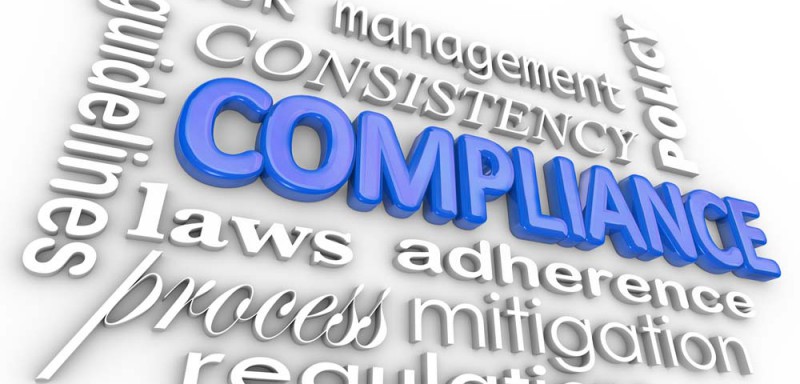
If you ask Marketing, they might tell you, what is Trade Compliance? If you ask Legal, they might tell you Trade Compliance keeps senior Management out of jail. If you ask Procurement, they might tell you Trade Compliance bugs them for country of origin verification.
If you ask Compliance, they will tell you that Trade Compliance is the hidden jewel of an organization; very few people know it exists but would feel the impact of not having it around. Trade Compliance saves organization money by ensuring that duties and taxes are not overpaid. Trade Compliance saves organization money by preventing or mitigating fines and penalties. Trade Compliance increases operational efficiency and customer satisfaction by reducing delays in customs clearances.
When it comes to import/export or trade compliance issues, supply management professionals often find themselves navigating stormy waters as they balance the job of moving products swiftly through the supply chain with the responsibility of helping keep the country secure. An important aspect of international trade and goods movement is to ensure that business partners, shipping countries and products being shipped meet the import and export regulations of countries the products are moving through.
Trade compliance regulations have increased dramatically over the past several years, prompting many companies to establish an import/export compliance department or appoint a compliance manager/director who manages compliance responsibilities. Global trade is transforming from a back-office function to the focus area of strategic corporate-wide initiatives, it has become important for executive leadership to decide exactly how global trade compliance fits into the company because it is “the steel thread that winds throughout the organization.”
No matter how trade compliance is managed, experts say that steel thread will be closely woven into the operations of the supply management organization because you can’t separate compliance management from supply chain processes because. So many compliance responsibilities are embedded in the international supply chain.
Benefits of Trade Compliance
Without trade compliance, a global supply chain can’t achieve operational excellence. Unexpected delays, fines and penalties associated with noncompliance can easily erase expected revenue gains from offshoring. Compliance is needed to deliver goods in a timely manner; maximize supply chain efficiencies; lower costs and increase revenues; decrease cycle times and lower inventory levels.
Governance: With an increase in activism among shareholders and increased scrutiny from the regulatory bodies, corporate boards and executive teams are more focused on governance-related issues than ever before. The governance process within an organization includes elements such as definition and communication of corporate control, key policies, enterprise risk management, regulatory and compliance management and oversight.
Risk Management: With the recent jump in regulatory mandates and increasingly activist shareholders, many organizations have become sensitized to identifying and managing areas of risk in their business: whether it is financial, operational, IT, brand or reputation related risk. These risks are no longer considered the sole responsibility of specialists – executives and the boards demand visibility into exposure and status so they can effectively manage the organization’s long-term strategies. As a result, companies are looking to systemically identify, measure, prioritize and respond to all types of risk in the business, and then manage any exposure accordingly. A risk management process provides a strategic orientation for companies of all sizes in all geographies with a formal process to identify measure and manage risk.
Compliance: An initiative to comply with a regulation typically begins as a project as companies race to meet deadlines to comply with that regulation. These projects consume significant resources as meeting the deadline becomes the most important objective. However, compliance is not a one-time event – organizations realize that they need to make it into a repeatable process so that they can continue to sustain compliance with that regulation at a lower cost than for the first deadline. When an organization is dealing with multiple regulations at the same time, a streamlined process of managing compliance with each of these initiatives is critical, or else, costs can spiral out of control and the risk of non-compliance increases. The compliance process enables organizations to make compliance repeatable and hence enables them to sustain it on an ongoing basis at a lower cost.
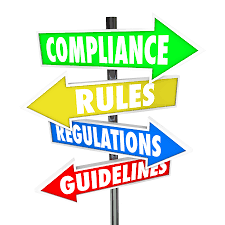
Many organizations find themselves managing their governance, risk and compliance initiatives in silos – each initiative managed separately even if reporting needs overlap. By taking an integrated approach and deploying a single system to manage the multiple governance, risk and compliance initiatives across the organization, the issues listed above can be easily addressed. Such an approach can:
- Have a dramatic positive impact on organizational effectiveness by providing a clear, unambiguous process and a single point of reference for the organization
- Eliminate all redundant work in various initiatives
- Eliminate duplicative software, hardware, training and rollout costs as multiple governance, risk and compliance initiatives can be managed with one software solution
- Provide a “single version of the truth” available to employees, management, auditors and regulatory bodies
COMPLIANCE RISK MANAGEMENT
“It isn’t the changes in export laws that put the nation at risk; it is the ignorance of them”
-Dunlap-Stone University
As compliance risk continues to be a focal point for regulators, compliance officers are encouraged to take steps to ensure that compliance risk is adequately managed. In a global economy, the speed and certainty of crossing the border and importing and exporting goods are vital to maintaining the competitiveness of Nigerian business and tourism. As volumes of trade and travel steadily rise, so will the need for expedited processing.
Guidelines and Standards
Best practices for compliance management ensure that compliance risk is adequately managed. On a periodic basis, management should identify and assess the primary compliance risk issues applicable to all business activities including the related control mechanisms utilized to identify measure, monitor and control the relevant risks.
Definition of Compliance Risk
Compliance risk is defined as The risk of legal or regulatory sanctions, financial loss, or damage to reputation resulting from failure to comply with laws, regulations, rules, other regulatory requirements, or codes of conduct and other standards of self-regulatory organizations.
Compliance Risk Assessment Framework
The key object of a Compliance Risk Assessment Framework is to effectively assess the legal and reputational risk exposure of an organisation’s business activities, not only in terms of adhering to applicable laws and regulations but also to relevant internal firm policies and standards of conduct. A compliance risk assessment should include the following three key components:
Regulatory Matrix – Includes an inventory of federal and/or state laws, regulations, rules, standards and other guidelines to be used in determining the applicability of each to relevant business units and/or activities. Additionally, the matrix will reflect (at a summary level) the results of each risk review, including inherent risk, control factor assessment(s), residual risk and any recommended corrective action.
Compliance Risk Analysis – Provides a detailed analysis of the level of compliance risk inherent for each applicable law or regulation, including the effectiveness of the compliance risk control methods used to measure, monitor and control all identified risk(s). The risk analysis will result in a calculated level of residual risk and will contain recommended corrective action(s) to reduce unacceptable residual risk to an acceptable level.
The Compliance Risk Assessment Framework provides the methodology for assessment of compliance risk and the assignment of risk ratings that best describe the level of compliance risk with respect to applicable laws, regulations, rules, standards or guidelines. Thus, a financial institution’s compliance risk management program should be documented in the form of compliance policies and procedures and compliance risk management standards. The processes for managing compliance risk should be formalized in a compliance program that establishes a framework for identifying, assessing, controlling, measuring, monitoring, and reporting compliance risks across the organization, and for providing compliance training throughout the organization.
Trade data integrity
Compliance with respect to the admissibility of goods is extremely important. However, what is not always fully appreciated is the importance of compliance in reporting complete and accurate trade data. Compliance with trade data requirements is essential in protecting businesses and maintaining a level playing field-both key elements for competitiveness. Accuracy is a major factor in maintaining the integrity of our machine-released admissibility decisions, which are steadily increasing. The more confidence we have in the accuracy of data, the less likely we are to intervene in low-risk import and export trade.
For those who believe that compliance programmes are expensive, here are a few of the alternatives when you fail to comply:
- Imprisonment
- Loss of customers
- Error rectification
- Fines
- Frustrated and unmotivated staff that leave at the first opportunity
- A reputation as a bad employer, who attracts only less-than-best staff
- The impossibility of business planning and sustained growth
SETTING UP A COMPLIANCE PROGRAMME
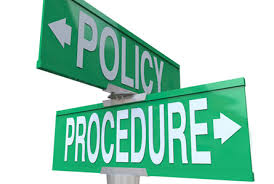
A trade practices compliance program is a preventive mechanism for minimizing the risk of breaching the law. It makes staff, from entry level to senior management, aware of their obligations and the company’s obligations and responsibilities under the law. An effective compliance program reduces corporate risk. It may stand alone or be incorporated into a company’s overall compliance strategy.
In the demanding new arena of international trade, keeping track of countless regulatory requirements can be a daunting task. Responsibilities such as document and license management, product certification, and restricted party screening are critical for the survival of any business that relies on cross-border trade. With both monetary and criminal penalties harsher than ever, compliance is no longer a choice it is a necessity.
Trade compliance should be the goal of every importer and exporter to ensure all personnel know the rules and regulations, how to abide by them, and how to manage them. Compliance promotes integrity within the company and upholds your company standards. Think of a compliance program as a security blanket that protects the company and its employees by having a structure in place.
There is no shortcut when it comes to international trade compliance. All companies that engage in international commerce must follow the rules of the road, so to speak. A recent report found that many companies wrongly ignore export laws because they may or may not realize how the rules apply to them.
The world of international trade is in a constant state of evolution. But the ability to forecast and adapt to international compliance changes can be a major differentiator for shippers and companies selling products abroad. New rules and regulations are continually being put in place to regulate the flow of goods in ever-expanding markets around the world
A good example is the Export Administration Regulations or (EAR), which were established and are enforced by the U.S. Dept. of Commerce through the Bureau of Industry and Security (BIS). The EAR regulates exports and re-exports of many, if not most, commercial items. It also features the Commerce Control List, which identifies items that require licensing prior to exportation.
A person or persons who violate the EAR can be charged with a civil penalty, as well as receive criminally. Conviction of a civil offence related to the EAR could result in revocation of export privileges and fines.
Benefits of a trade compliance programme:
- A trade compliance program lays the groundwork for how you need to behave and ensures you are meeting your legal obligations with Customs and other government
How do you know if your company is adhering to what it is supposed to do? Have personnel been adequately advised or trained in import or export compliance matters? Compliance can be a moving target with constant regulatory changes in economic, industry, and operating conditions. That’s why a continuous process is needed.
- Not having a compliance program in place increases your exposure to penalties.
An established compliance program goes a long way towards mitigating any penalties you do receive. Don’t wait for a violation to occur! The larger the company, the greater the expectation by Customs that you have a functioning program in place.
A compliance program will also save your company money.
It will help avoid audits, penalties, and border delays. When a shipment is held up for examination, it can affect your cost margin and your relationship with your customer when a delivery is delayed, which directly impacts your bottom line.
An indispensable component for any effective trade compliance program is continuing education. Training employees who are directly and indirectly involved in the trade compliance is one of the key ingredients in a company’s continuing education program. Trade compliance is a cross-functional endeavour; therefore, employees in accounting, purchasing, shipping/receiving, logistics, manufacturing, engineering and others with trade-related responsibilities receive annual training. Another best practice involves providing the new employee with some type of trade compliance training that covers the roles of import and export compliance.
While the anatomy of a trade-compliance program will likely vary from company to company, the concept is generally the same. Elements of a good compliance program include, but are not limited to; a risk assessment, policies and procedures, training and record keeping, naming a few.
Conclusion
Companies involved in international trade understand that laws, regulations and government expectations change regularly. By the time the organization gets used to one regulation, the government changes the rules. These frequent changes and the nature of the business make it necessary for international compliance employees and other stakeholders to keep track of current events. If your company has global export compliance policies and procedures with the right teams engaged, a great system of checks and balances, and corporate-wide awareness of export compliance, then you have already completed most of the hard work!


